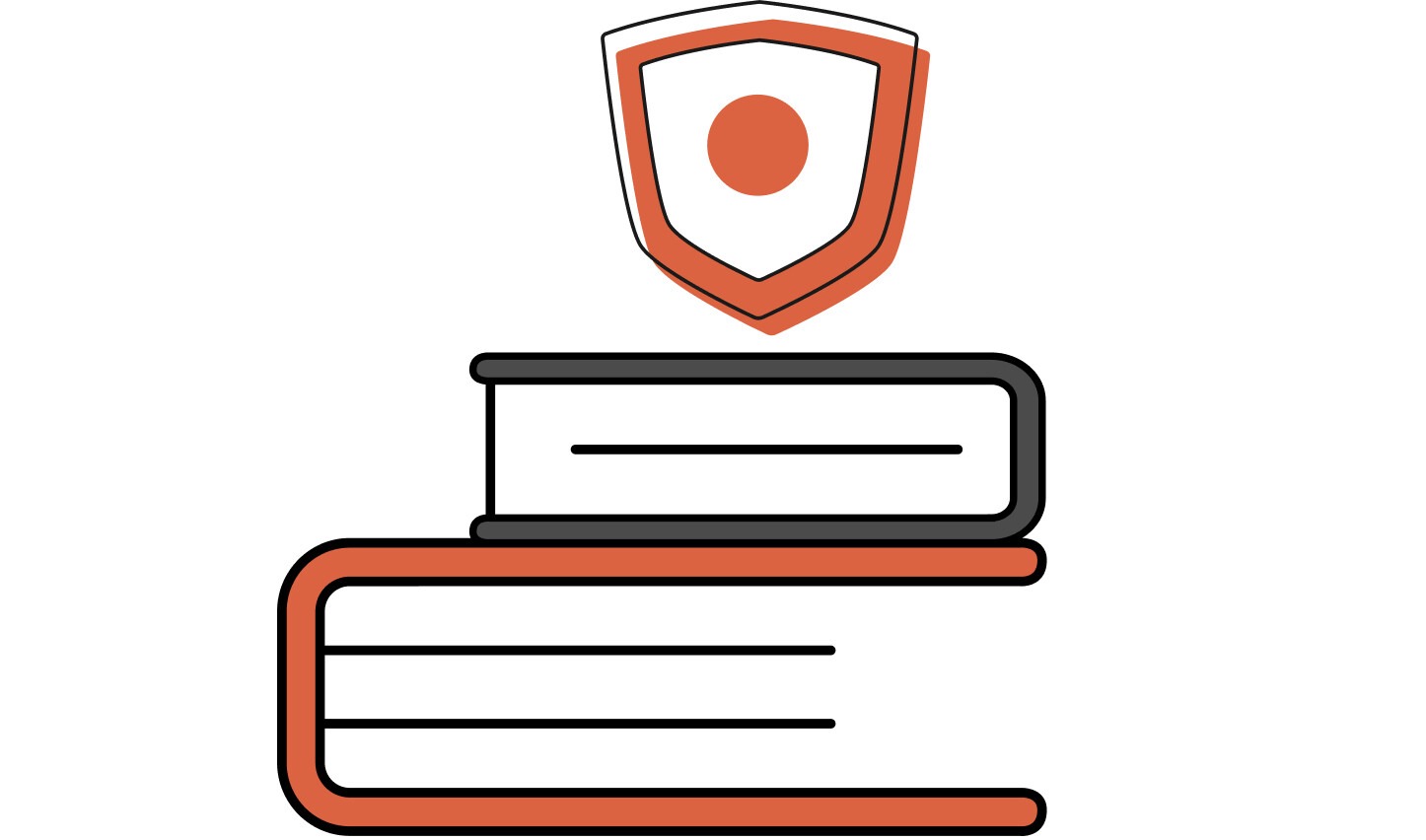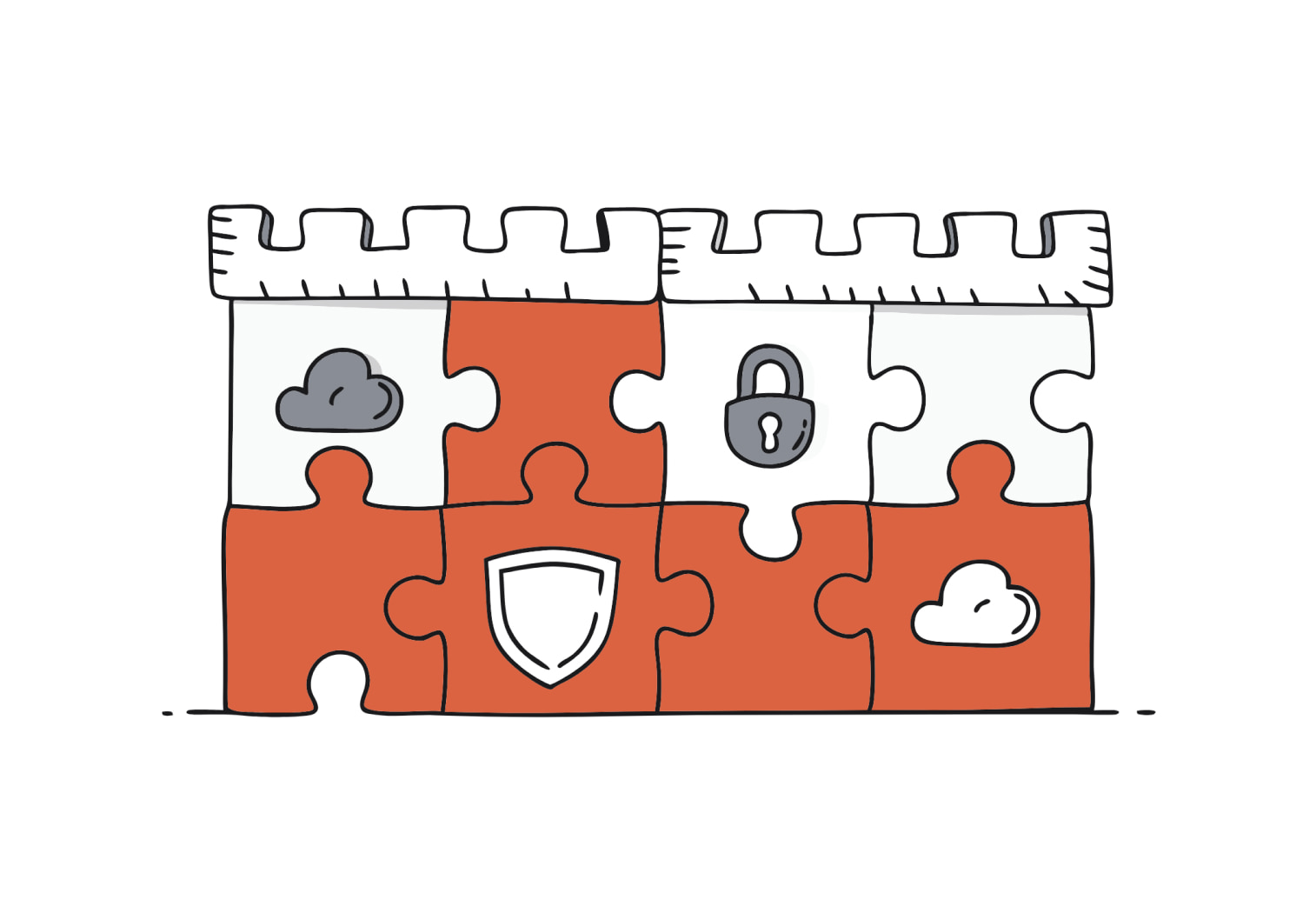ICT (Information and Communications Technology) security procedures are a set of rules and guidelines that outline the steps that should be taken to protect an organisation’s ICT systems and infrastructure from security threats and vulnerabilities.
These procedures may cover a wide range of topics, including access control, password management, data security, network security and incident response. The purpose of ICT security procedures is to provide a framework for ensuring that the organisation’s ICT systems and infrastructure are secure and protected against potential threats, such as malware, hacking and data breaches.
The procedures define the roles and responsibilities of different teams and individuals within the organisation and outline the steps that should be taken to prevent and mitigate security incidents.
Some examples of ICT security procedures that may be included in an organisation’s security policy are:
Access control procedures
These procedures outline the rules and guidelines for granting access to the organisation’s ICT systems and networks. They may include requirements for strong passwords, the use of two-factor authentication and the implementation of access control lists to limit access to specific systems and resources.
Additionally, monitoring equipment and systems play a crucial role in controlling access and ensuring that only authorised personnel can interact with sensitive ICT resources.
Password management procedures
These procedures outline the rules and guidelines for creating and managing strong passwords. They may include requirements for password complexity, password expiration and the use of password managers to securely store and manage passwords.
Data security procedures
These procedures outline the rules and guidelines for protecting the organisation’s data from unauthorised access, modification, or disclosure. They may include requirements for data encryption, data backup and recovery, and the implementation of data loss prevention measures.
It’s also vital to secure data on portable devices, such as digital cameras, small portable computers, and PDAs, as part of the organisation’s data protection strategy. Securing various types of storage media, including magnetic storage and USB flash memory, is essential to protect the organisation’s data against unauthorised access and ensure its integrity.
Cloud Security
As organisations increasingly adopt cloud-based services, it’s essential to address the unique security challenges posed by cloud computing. The ICT security policy should provide guidance on securing data and systems hosted in the cloud, including access control, data encryption and compliance with cloud provider security policies.
Business’s should carefully evaluate the security measures of potential cloud providers and ensure that they align with internal security standards. The policy should also outline the procedures for monitoring and auditing cloud-based systems to detect and respond to potential security incidents.
Network security procedures
These procedures outline the rules and guidelines for securing the organisation’s networks and internet connections. They may include requirements for the implementation of firewalls, intrusion detection and prevention systems and other security measures to protect the organisation’s networks from external threats.
Incident response procedures
There should be a clear outline of how to respond to security incidents, such as malware outbreaks, data breaches, or network attacks. They may include procedures for identifying, reporting and responding to incidents, as well as for conducting post-incident reviews to identify lessons learned and improve the organisation’s security posture.
Overall, ICT security procedures are an important tool for helping organisations to maintain the security and integrity of their ICT systems and infrastructure.
They provide a clear and consistent set of rules and guidelines for employees and other users, and help to ensure that the organisation’s ICT systems are protected against potential threats and vulnerabilities.
For further information on ICT security policies, IT support, or policy details, get in touch.





